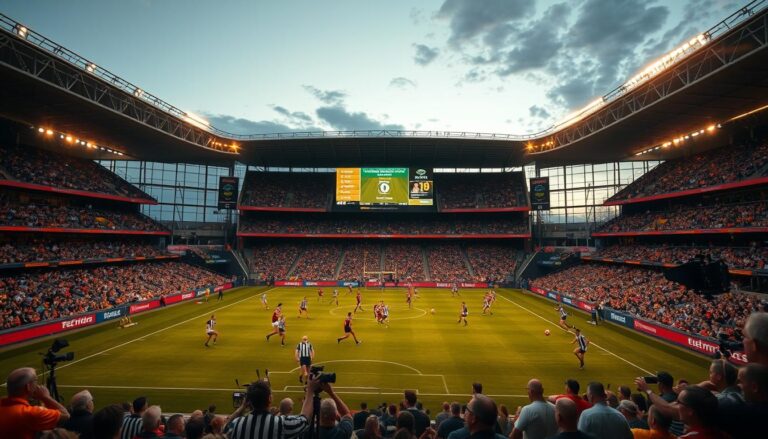
For many Australians, owning a home is a deeply ingrained aspiration, a cornerstone of the “Australian Dream.” This aspiration extends beyond mere ownership to a desire to create comfortable, personalized, and functional living spaces that reflect individual tastes and cater to the unique Australian climate and lifestyle. As a result, home improvement is a significant and dynamic sector in Australia, driven by a combination of economic factors, design trends, technological advancements, and a national passion for enhancing the place we call home.
One of the most significant and enduring trends in Australian home improvement is the emphasis on indoor-outdoor living. The country’s generally mild climate in many regions lends itself perfectly to seamlessly integrating indoor and outdoor spaces. This is evident in the popularity of features like alfresco dining areas, large sliding doors that open onto decks or patios, and the creation of outdoor living rooms complete with comfortable furniture and even outdoor kitchens. Australians often view their outdoor areas as an extension of their indoor living space, a place for entertaining, relaxing, and enjoying the natural environment. This trend is further fueled by a desire to maximize the use of often generous backyard spaces.
Sustainability has also become a major driving force in Australian home improvement. Growing environmental awareness and rising energy costs have led to increased demand for energy-efficient and eco-friendly products and practices. Solar power systems are a common sight on Australian rooftops, and homeowners are increasingly investing in better insulation, energy-efficient windows and doors, and water-saving fixtures. Sustainable building materials, such as recycled timber, bamboo flooring, and low-VOC paints, are also gaining popularity as homeowners seek to reduce their environmental footprint. Government incentives and regulations often further encourage the adoption of sustainable home improvement solutions.
Design trends play a crucial role in shaping the aesthetic of Australian homes. In recent years, there has been a strong influence of minimalist and Scandinavian design principles, characterized by clean lines, natural materials, and a focus on functionality and decluttering. This aesthetic often incorporates light and airy spaces, maximizing natural light and creating a sense of calm and tranquility. The “Hamptons style,” with its coastal-inspired elegance, also remains popular, particularly in coastal regions. Conversely, the “industrial chic” look, featuring exposed brick, metal accents, and reclaimed materials, appeals to those seeking a more urban and edgy vibe. Australian design often blends these global trends with local influences, creating a unique and contemporary aesthetic.
Technology is rapidly transforming the home improvement landscape. Smart home systems, which allow homeowners to control various aspects of their homes remotely, such as lighting, security, and temperature, are becoming increasingly accessible and popular. Automated blinds, smart thermostats, and voice-activated assistants are no longer futuristic novelties but increasingly integrated into everyday living. The rise of online platforms and mobile apps has also revolutionized how homeowners plan and execute their home improvement projects, providing access to inspiration, product information, and connections with tradespeople.
The DIY (Do-It-Yourself) culture remains strong in Australia, with many homeowners undertaking smaller renovation and maintenance tasks themselves. This is often driven by a desire to save money, a sense of accomplishment, and the availability of readily accessible information and tools. However, for larger and more complex projects, engaging qualified and licensed tradespeople is essential to ensure quality workmanship and compliance with building codes and regulations. The Australian building and construction industry has a strong regulatory framework in place to protect homeowners and ensure safety standards are met.
Economic factors also significantly influence home improvement trends. Periods of economic growth and low interest rates often lead to increased investment in renovations, while economic downturns may see homeowners opting for more budget-friendly upgrades and maintenance. Government stimulus packages and grants related to housing and energy efficiency can also have a significant impact on the sector.
Finally, the Australian lifestyle, with its emphasis on outdoor entertaining and comfortable living, continues to drive specific home improvement choices. The desire for well-equipped outdoor kitchens, spacious decks for gatherings, and comfortable living areas for relaxation remains a priority for many Australian homeowners. The focus is often on creating a home that not only looks good but also enhances the quality of life and caters to the Australian way of living.
In conclusion, home improvement in Australia is a multifaceted activity driven by a blend of practical needs, aesthetic preferences, technological advancements, and a deep-seated desire to create the ideal Australian home. From embracing indoor-outdoor living and prioritizing sustainability to adopting global design trends and integrating smart technologies, Australian homeowners are constantly transforming their living spaces to reflect their evolving needs and aspirations, brick by brick, renovation by renovation.



